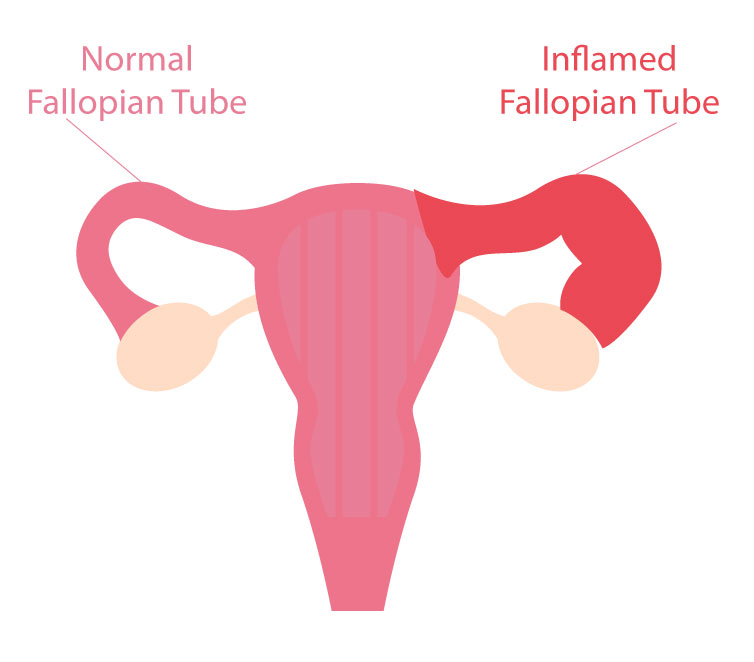Each year, more than 1 million women in the U.S. are diagnosed with Pelvic Inflammatory Disease (PID).
It occurs when bacteria move from the vagina into the uterus, ovaries or fallopian tubes. This can lead to an abscess in a fallopian tube or ovary.
About 1 in 10 women with PID becomes infertile from the scarring. PID can also cause an ectopic pregnancy and chronic pelvic pain.
Doctors can successfully treat PID if they diagnose and treat it early. The longer the infection goes untreated, the greater the risk for long-term problems. If symptoms appear at all, they can include:
- Abnormal vaginal discharge
- Pain in the lower abdomen
- Pain in the upper right abdomen
- Abnormal menstrual bleeding
- Painful urination
- Painful sexual intercourse
- Fever and chills
- Nausea and vomiting
Infections such as bacterial vaginosis can cause PID. Douching is another culprit, as it can push bacteria upward into the uterus and fallopian tubes. The top two causes, however, are gonorrhea and chlamydia. This is why regular STI testing and treatment is important!
If you have any of the above symptoms, especially if you are sexually active, you should make an appointment with your gynecologist to determine if you have PID. Annual pelvic exams can help detect PID even when it isn’t causing you pain or displaying obvious signs or symptoms.







